
When we attune to ourselves as fundamental consciousness, we find that this pervasive space is not empty in the sense of void. Even though it is experienced as stillness, it is lively, luminous stillness.
In my method, the Realization Process, I attempt to avoid metaphysical assertions about what fundamental consciousness actually is or what qualities it actually possesses. However, an important part of the Realization Process, for both healing from trauma and for spiritual awakening, is to attune to specific qualities that appear to be inherent in this lively pervasive space. These qualities, which we can attune to pervading everywhere, are experienced as the fundamental qualities of our own being. In this work, we name these qualities: awareness, emotion, and physical sensation. Attuning to these three qualities can help us feel whole within ourselves and unified with our surroundings.
Before we go further, by “quality,” I mean the “feel” of our experience. A distinguishing characteristic of a quality is that it cannot be translated into a direct description of the experience. For example, the quality of love, exactly how it feels, cannot really be conveyed to someone who has not experienced it. We can talk about the experience—we can say that love is warm or that it causes us to want to connect with someone that we feel this toward, but we cannot put into words the exact experience of love itself. In the same way, we cannot convey, to someone who has not experienced it, the color red, the taste of vanilla, or the sensation of coldness. This is true for all of the many qualities that make up our experience, including the unchanging qualities of fundamental consciousness.
We attune to each quality through a different section of our body. We attune to the ground of awareness in, around, and above our head. By awareness, I mean that part of the ground within which perceptions and thoughts occur. We attune to the ground of emotion in the mid-third of our body—our chest and midsection. By emotion, I mean that part of the ground within which emotions, such as grief, anger, and joy, occur. We attune to physical sensation through the bottom third of our body—our lower torso, legs, and feet. By physical sensation, I mean that part of the ground in which physical sensations such as heat and sexual pleasure occur.
We need to be attuned to all three qualities of fundamental consciousness in order to reach our most subtle and most complete experience of ourselves and the world around us. The blend of awareness, emotion, and physical sensation pervading everywhere helps us attune to and resonate with the awareness, emotion, and physical sensation in other people and in all of nature.
PRACTICE: Attuning to Fundamental Consciousness
Sit upright with your feet on the floor. Keep your eyes open.
Feel that you are inside your whole body at once. Find the space outside your body, the space in the room. Experience that the space inside and outside your body is the same, continuous space. It pervades you. Experience that the space pervading your own body also pervades your whole environment. Do not move from within your body to do this: attune to the space that seems to already be there, pervading you and your environment.
Attune to the quality of awareness. This means becoming aware of your awareness. Attune to awareness around, within, and way above your head. Experience the quality of awareness pervading your whole body so that it feels like you are made of the quality of awareness. Experience the quality of awareness pervading your whole body and environment at the same time.
Attune to the quality of emotion. Sense the quality of emotion in the middle of your body: your chest and gut. Experience the quality of emotion pervading your whole body so that it feels like you are made of the quality of emotion. This is not a specific emotion; it is the subtle ground of emotion. Experience the quality of emotion pervading your whole body and environment at the same time.
Attune to the quality of physical sensation. Come down into the bottom of your torso, legs, and feet to attune to the quality of physical sensation. Experience the quality of physical sensation pervading your whole body so that it feels like you are made of the quality of physical sensation. Again, this is not a specific physical sensation; it is the subtle ground of physical sensation. Experience the quality of physical sensation pervading your whole body and environment at the same time.
Now experience the quality of physical sensation pervading your whole body and environment and the quality of awareness pervading your whole body and environment at the same time. Add the quality of emotion pervading your whole body and environment. At this point, the qualities blend together; they become indistinguishable from each other.
Sit for a moment in this rich field of awareness, emotion, and physical sensation, pervading your body and environment.
This is an adapted excerpt from Trauma and the Unbound Body: The Healing Power of Fundamental Consciousness by Judith Blackstone, PhD.

Judith Blackstone, PhD, is a licensed clinical psychotherapist in New York and an innovative teacher in contemporary spirituality. Her published works include the books Belonging Here, The Enlightenment Process, The Empathic Ground, and The Intimate Life, as well as the audio learning course The Realization Process.

Buy your copy of Trauma and the Unbound Body at your favorite bookseller!




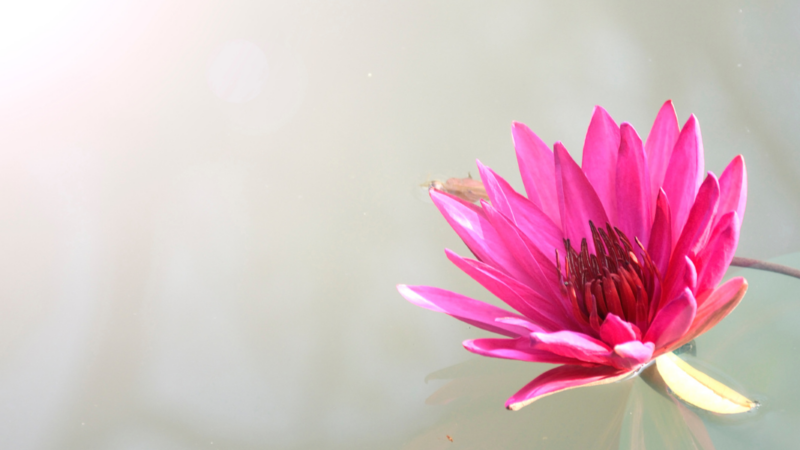
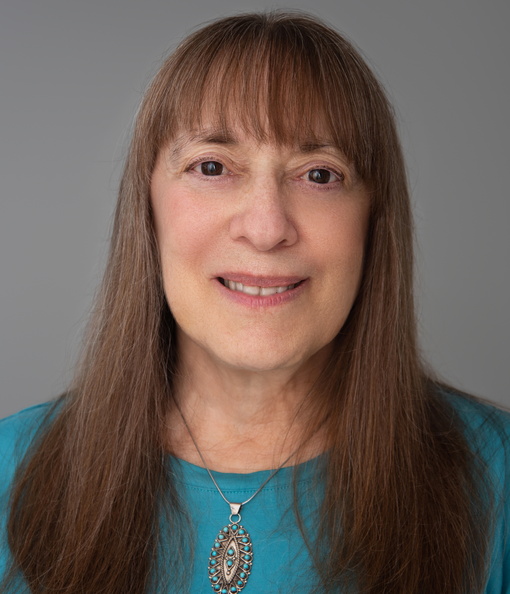
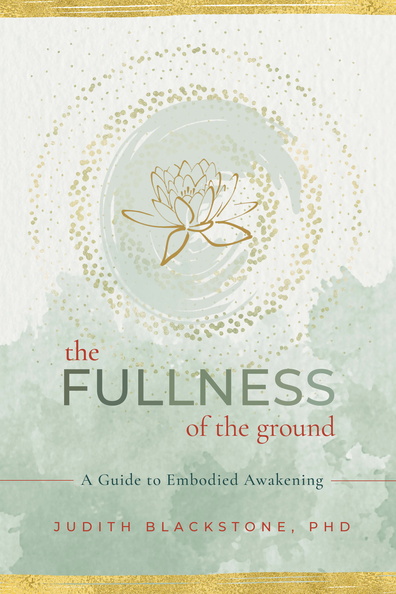

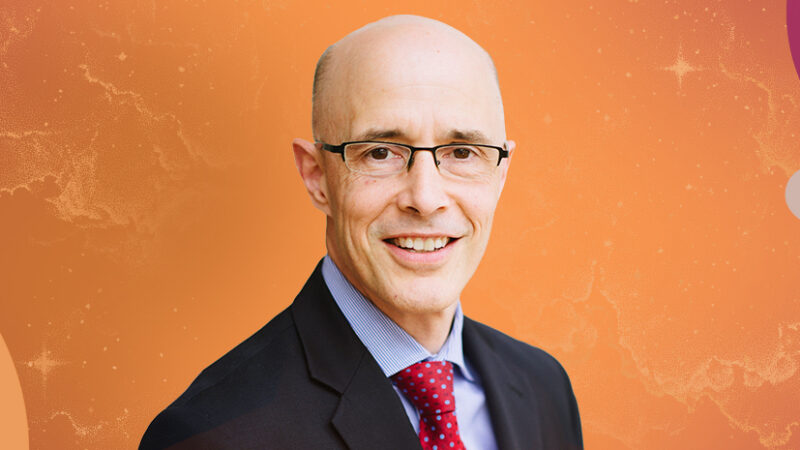
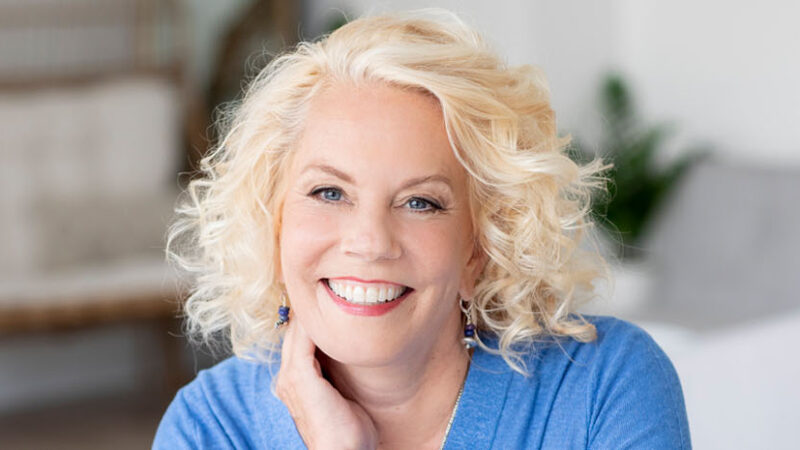


This is the first time I’m learning that if we pay attention to our emotions, physical sensations, and awareness, then we can connect deeply with others and with our environment.
When I read the paragraphs about how we attune to those 3 elements with different body parts, I thought about our chakras (which represent energy centers in yoga and Ayurvedic medicine). The root chakra specifically came to mind. That energy center relates to our legs and feet. Their contact with the earth can give us a sense of grounding within our environment.
Since I am launching my life coaching business, I aim to have this type of awareness when I collaborate with other people. That way, I’ll have positive, effective interactions with them.